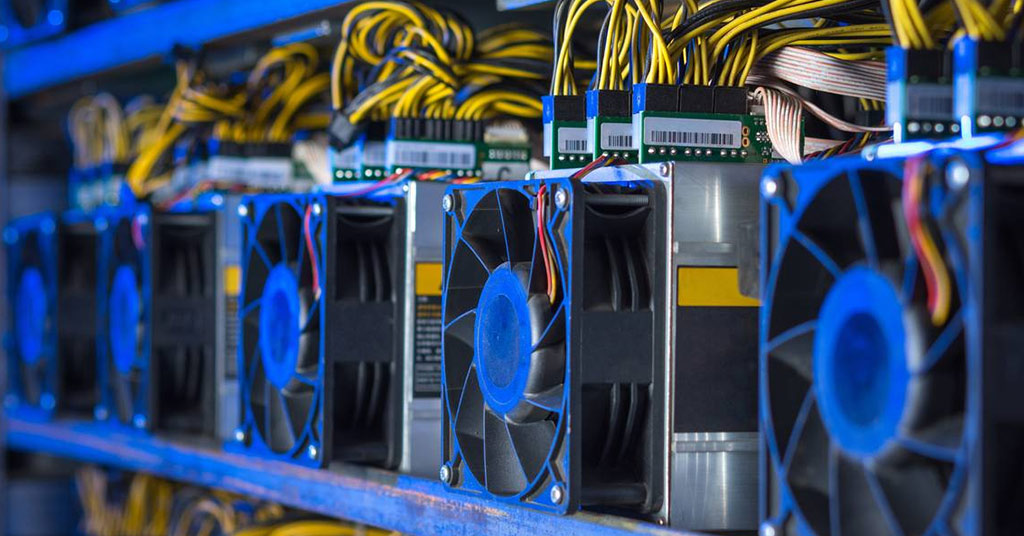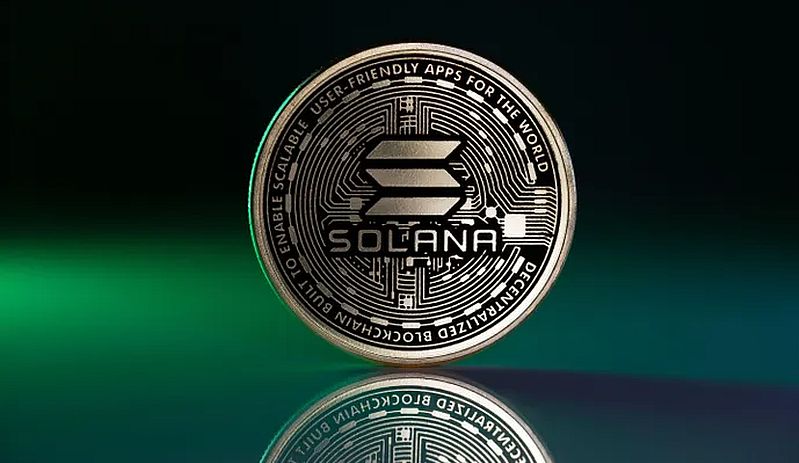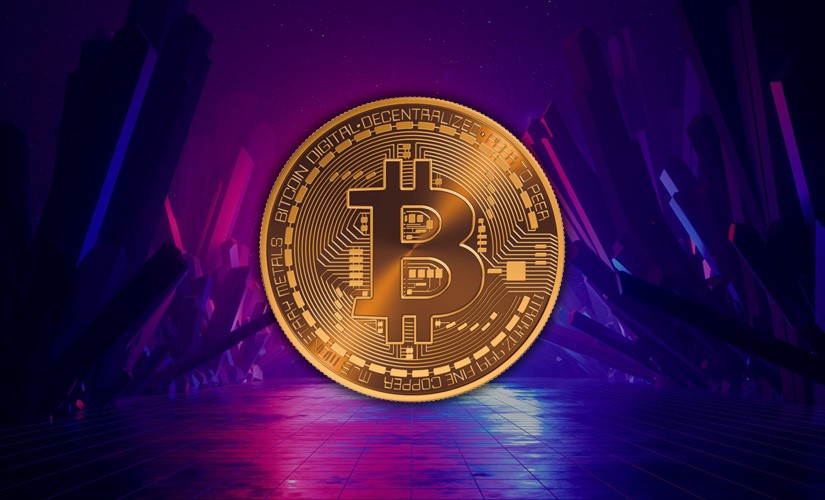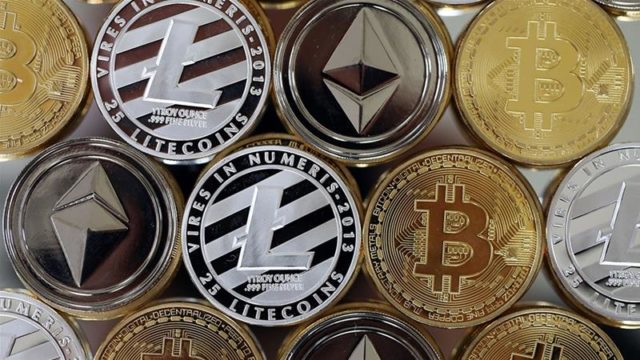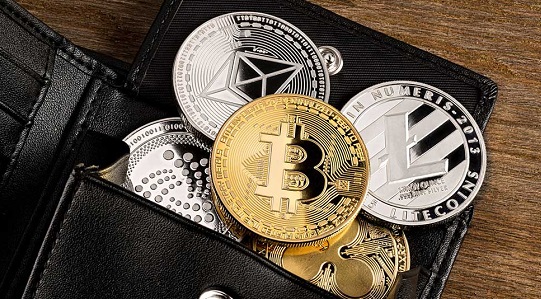What is cryptocurrency mining and why is it needed.

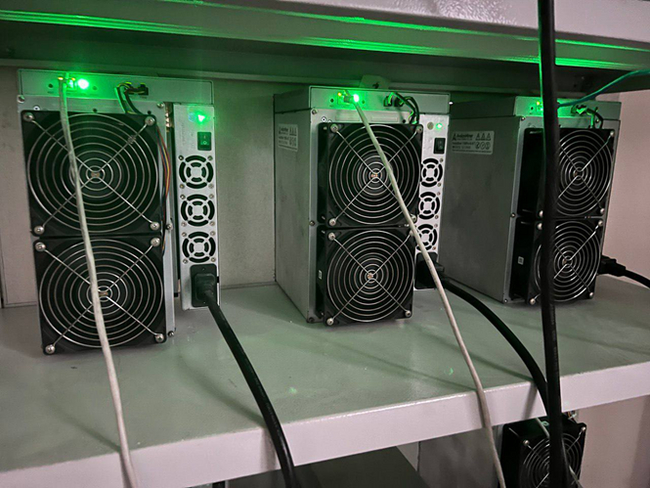
The world of cryptocurrency is incredibly diverse and interesting, but every process within it is aimed at making a profit. For example, if you delve into what cryptocurrency mining is, you can find a lot of new and useful information for investors. Besides what it is (what is it), it would be useful to figure out what is needed and for what purpose.
To put it simply, what is mining: it is an exciting process of creating new cryptocurrency. In other words, mining is also the confirmation of transactions in the blockchain. And while it may seem at first glance that mining is a complex concept, in reality, it is not.
What is cryptocurrency mining?
So, what is mining: it is a process where computers solve complex mathematical problems to confirm transactions and add new blocks to the blockchain. It is simultaneously the most complex and the most effective aspect of cryptocurrency. After all, it is this process that ensures the value of cryptocurrency. Therefore, as a reward for performing these calculations, miners receive new cryptocurrency (for example, bitcoins or ethers). The cryptocurrency in this case can be different. Overall, this process is based on a consensus mechanism known as Proof of Work (PoW), which ensures the security and decentralization of the network.

Mining has its tasks. First of all, it is the confirmation of transactions. Miners check and confirm transactions, preventing the possibility of double spending. The goal of mining is also to add new blocks. Solving complex mathematical problems results in the creation of a new block in the blockchain. As a result of all these processes, new coins are created. Miners receive rewards in the form of new coins for each successfully solved problem.
How does the mining process work?
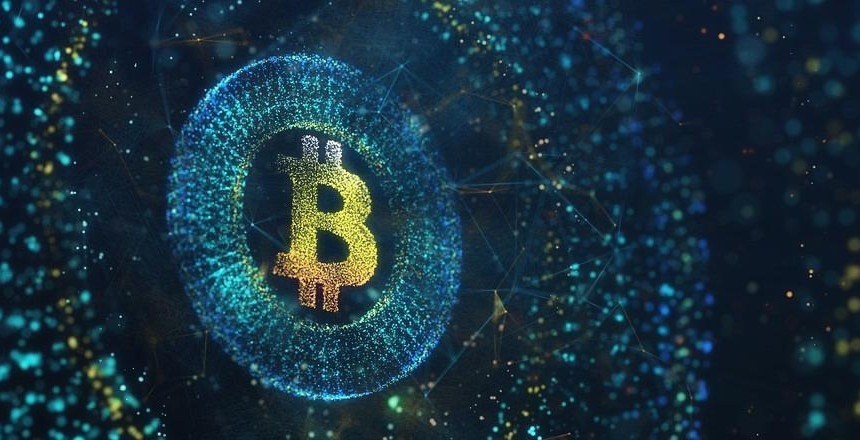
So, cryptocurrency mining operates on the principle of competition. Each miner has their own equipment. For example, graphic cards. Because of this, they try to solve a complex problem. Other participants in the network do the same. Once the problem is solved, a new block is added to the blockchain, and the miner receives a reward. The process is straightforward and understandable.
Mining has its main stages:
-
First, it is the verification of transactions. All transactions sent by users are collected into blocks. Miners verify that all transactions are valid.
-
Usually, the second stage involves solving the immediate problem. Computers solve a problem that consists of finding a unique value (hash) that meets a certain condition.
-
As the problem is being solved, a new blockchain is created.
-
Finally, miners can receive their rewards. The miner who solves the problem first receives a reward in the form of new cryptocurrency.
The system is simple and very understandable.
Who needs this process and for what purpose?
Undoubtedly, every process related to cryptocurrency has its functionality. First of all, mining is necessary to maintain the security and decentralization of cryptocurrency networks. Mining also performs a whole range of important functions. What are we talking about:
-
By solving mathematical problems and distributing work among many miners, the system becomes resistant to attacks.
-
Mining allows a multitude of participants to maintain the operation of the network without requiring centralized control.
-
Without mining, new cryptocurrency units cannot emerge in the system. This is the main way of introducing new coins into circulation.
-
Without mining, there would be no guarantee that transactions are executed accurately and cannot be forged.
Based on these functions, we can conclude that it is quite difficult to do without mining in the creation of new cryptocurrencies. Therefore, the process is incredibly important.
Trends in mining this year
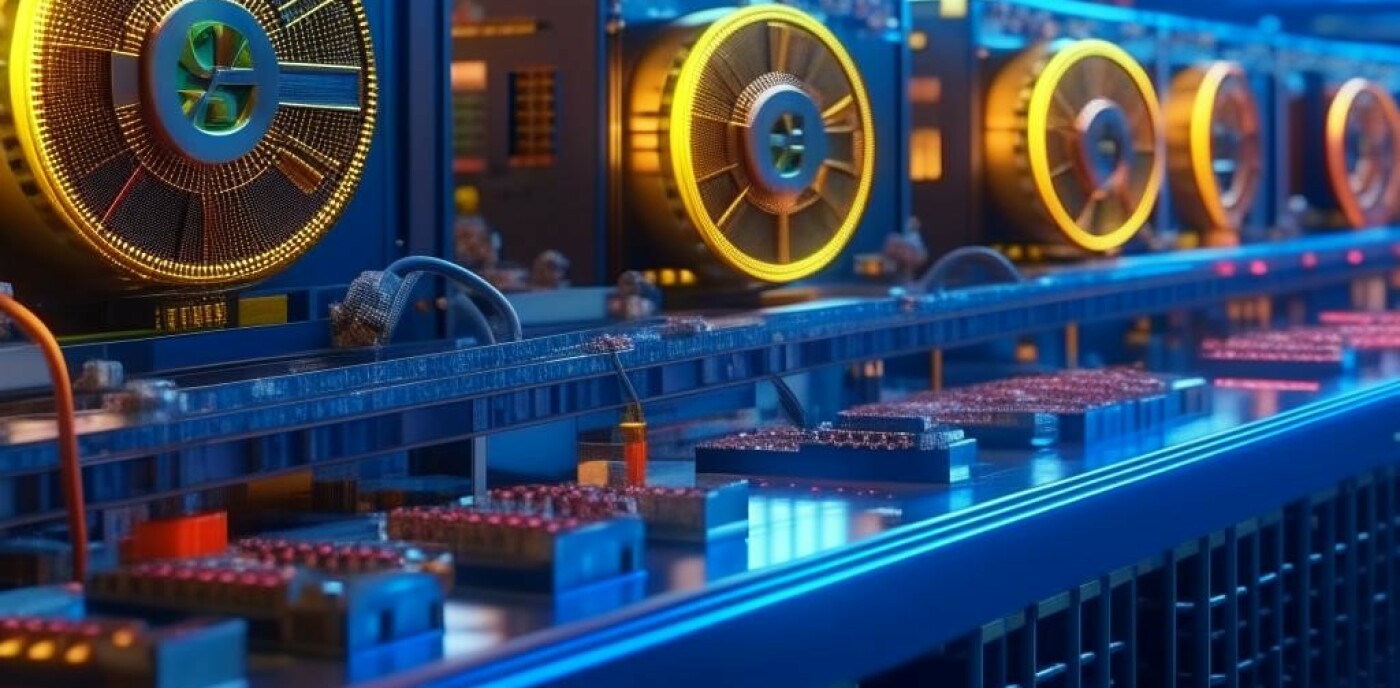
Mining in 2024 remains a relevant and very important process. It is also systematically developing, which is incredibly important.
Over Time, the complexity of mining, especially in the Bitcoin network, has significantly increased. This means that miners require more computational resources to solve problems and receive rewards.
Along with all this, the number of miners in the network is growing. This is quite an important nuance. Moreover, there is a reduction in block rewards due to halving (the reduction of the reward for mined Bitcoin blocks, which occurs every 4 years).
The energy consumption of mining raises concerns among environmentalists. In 2024, many miners are transitioning to the use of renewable energy sources, such as solar or wind power plants, to reduce their impact on the environment.

One cannot forget about the transition to Proof of Stake (PoS). Some cryptocurrencies, such as Ethereum, have already switched to Proof of Stake (PoS), which has made traditional PoW mining obsolete for them. In 2024, it is expected that other cryptocurrencies will follow this example.
Read also
- What is the Solana cryptocurrency in simple terms
- What is cryptocurrency Ethereum in simple terms
- What will happen to cryptocurrency in 2025
- What Will Happen to Bitcoin in 2025
- The Best and Most Popular Altcoins: Top 10 Rating
- How to Pay with Cryptocurrency
